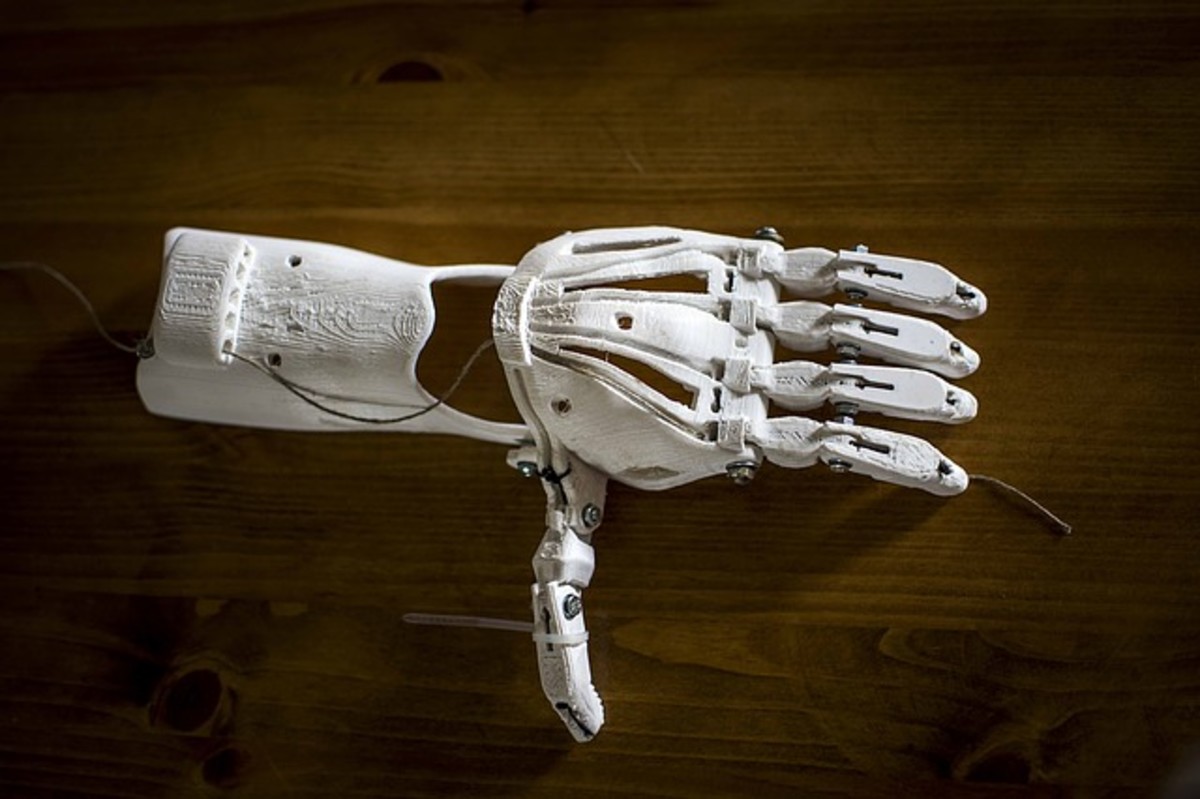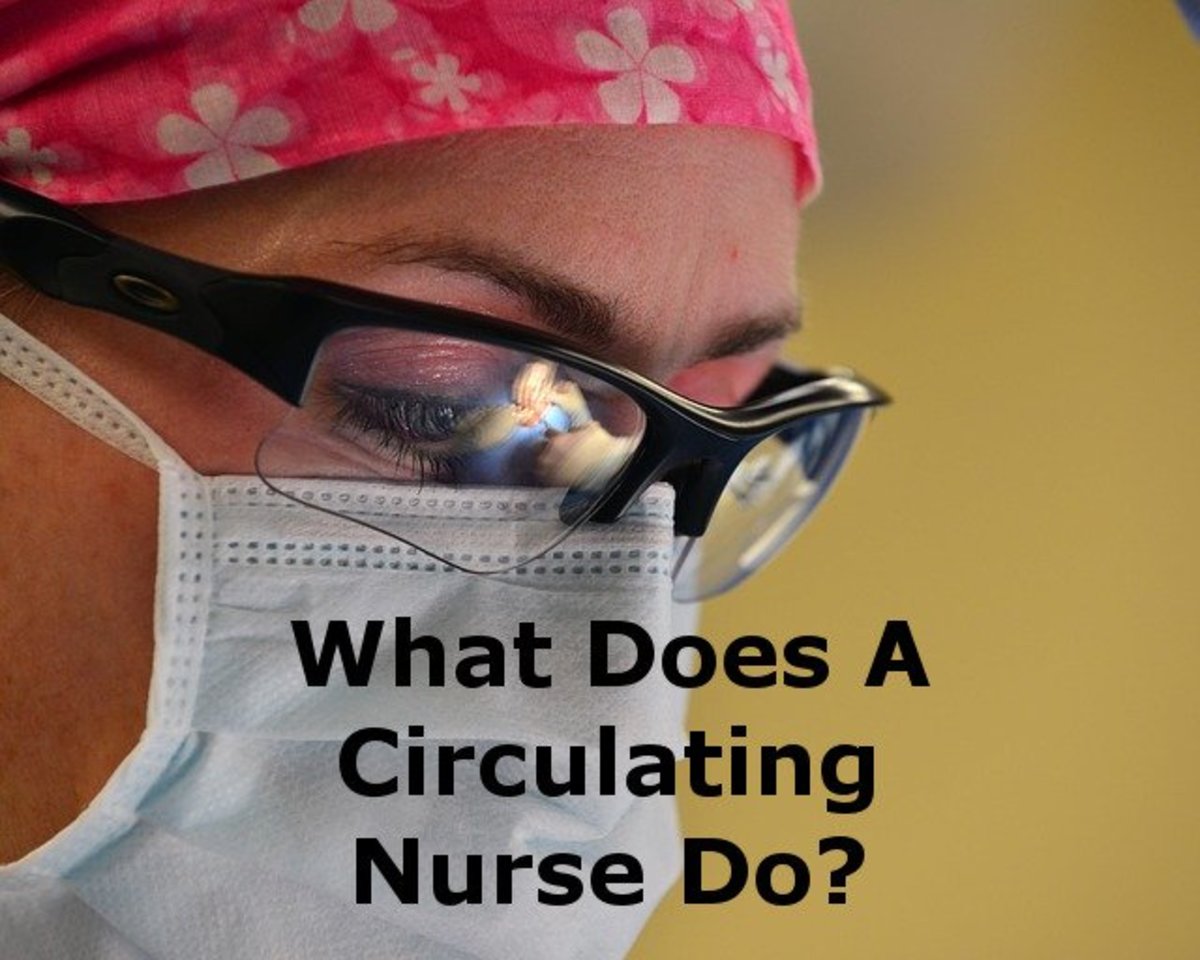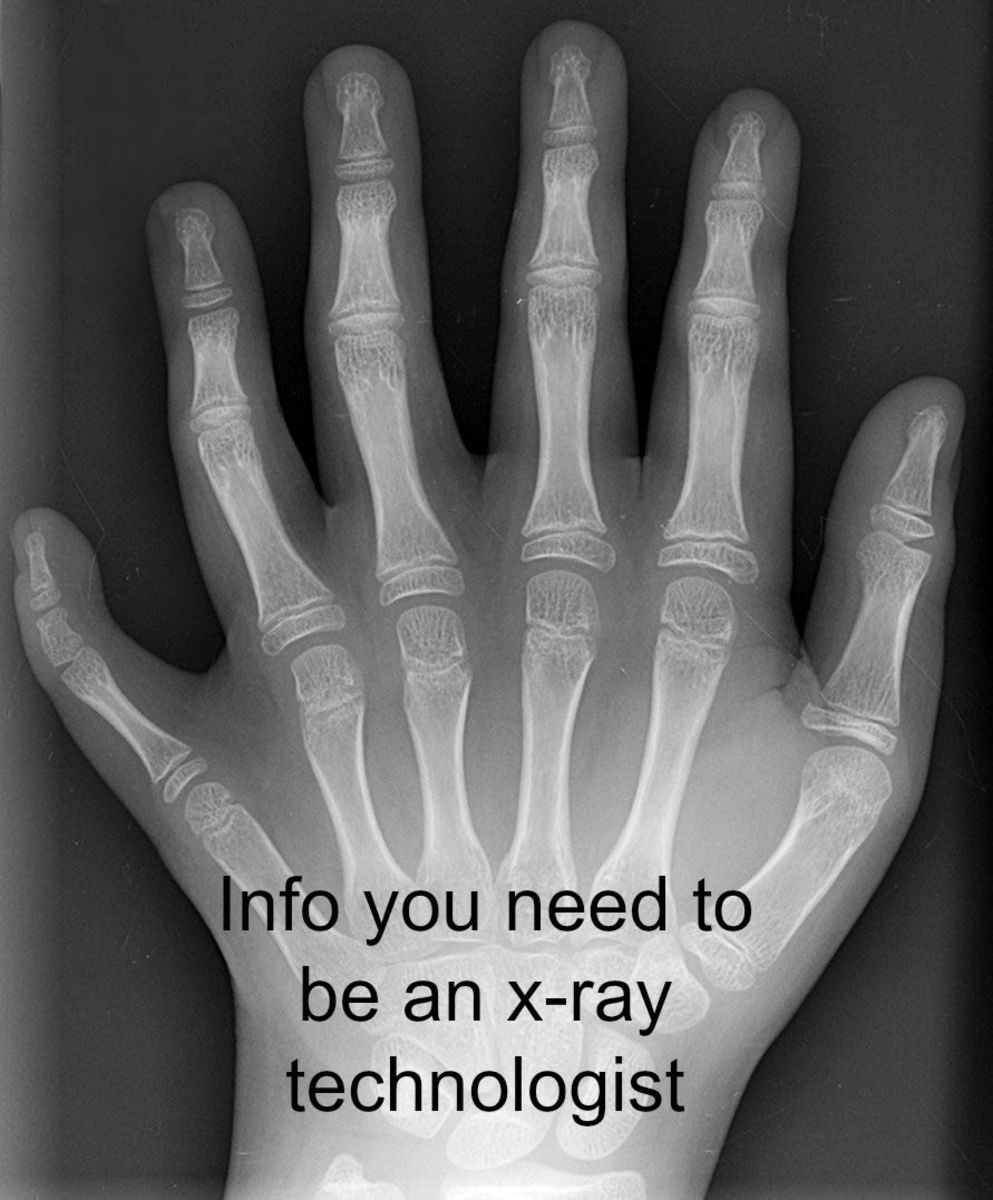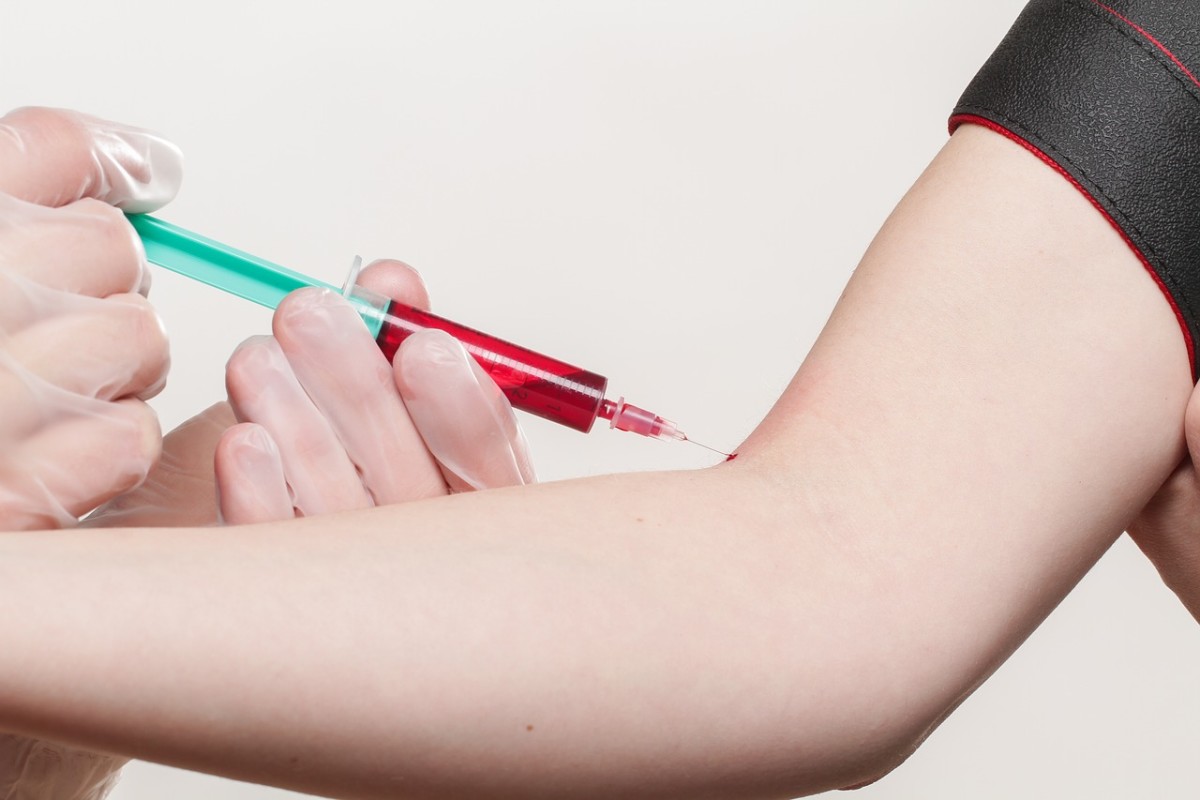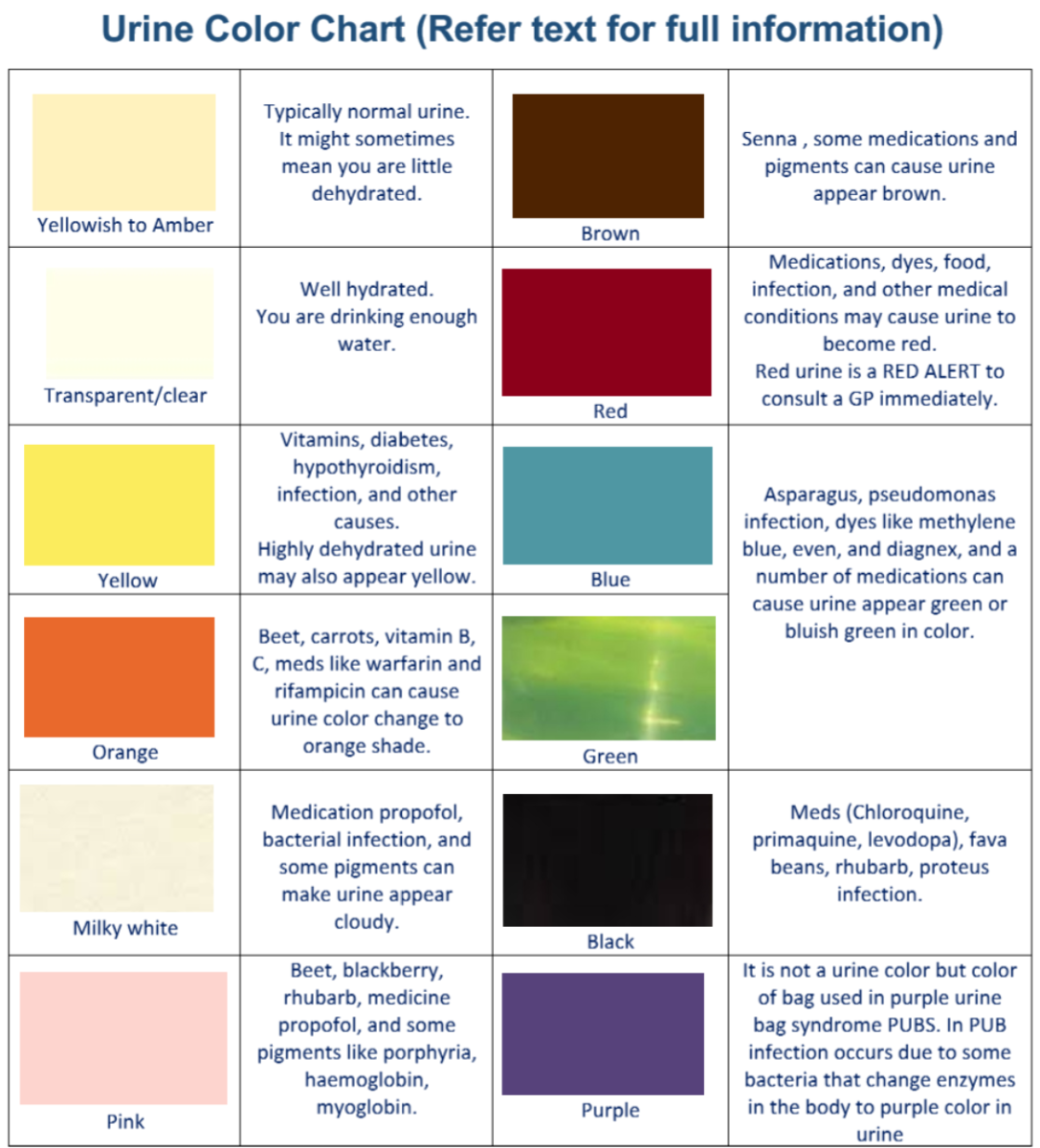Autologous Blood Therapies: from the Georgia State Assembly for Surgical Technologists 2014
Medtronic Magellan MAG-100 Autologous Platelet Separator System
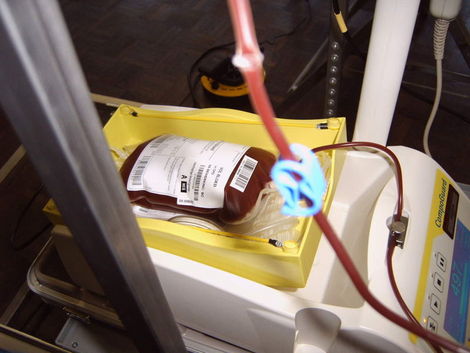
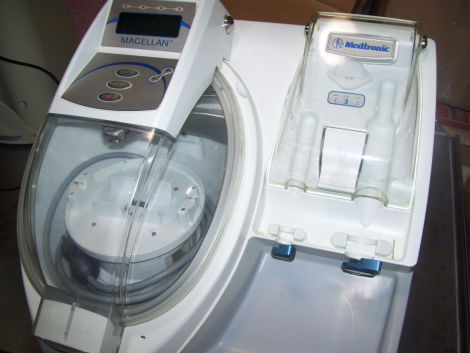
At the Georgia State Assembly on the Saturday of March 8, 2014 in Atlanta Georgia, at 1:00 pm, Nicholas J. Brown AT/CPT opened the floor with a lecture titled, “Cell Saver- Autologous Blood Therapies for Perioperative Blood Management. With it, he introduced the audience to a technology that allows patients to recycle their own blood supply (autologous) during an operative procedure to be used as their own transfusion at the rate of 250 cc/ 5 minutes. This type of technology opens doors for patients with: rare blood types, compromised vascular systems, immunosuppression, heavy and rapid bleeding, or religious preferences that would otherwise prohibit them from accepting a transfusion.
By the end of a 5 minute cycle, the patient’s own blood has been: collected through an anticoagulative suction device, filtered (of debris, surgical irrigants, and clotting factors), and primed (meaning that the red blood cells are concentrated). There are no chemical agents used to treat the used blood; instead, a machine using positive pressure (which prevents the red cells from shearing) spins the blood at 5600 rpm in a centrifuge bowl. This is a continuous process throughout the operative procedure, and additional blood can be collected from used laps.
Numerous benefits can be counted for both the patient and the medical care provider when choosing autologous blood therapy. Intraoperatively transfused blood is more efficient at delivering oxygen enriched blood to the patient, which is crucial to patients with a compromised vascular system. The quality of a heterologous blood transfusion varies and degrades over time, with the red blood cells losing their hemoglobin ( the molecules that enable the red blood cells to transport oxygen). Also, the autologous blood is never rejected by the patient and is 97% effective against bacterial contamination from an infected site. Using the patients’ own blood also reduces to the cost of care to the facility by reducing the need for donated blood products.
Platelet Rich Plasma Therapy
Platelet Rich Plasma (PRP) therapy is another autologous technology that assist the body by enriching the patient’s blood product with platelets. When placed onto a sterile lap, platelets will form plasma membranes to create fibrin strains, acting as a scaffold for tissue repair in wound healing. This is beneficial because platelets emit growth factors that are necessary for the body’s natural healing process, which suffers when bleeding is inhibited. A normal platelet count ranges between 150,000 - 350,000 /mcl, but with PRP therapy that number is increased up to 3 - 6 times, accelerating wound healing. PRP therapy can be used in several surgical specialities that range from sports medicine, to dental work, to gynecology.
PRP therapy is known for several methods of application and purpose. It can be used in a topical spray or gel to control postoperative oozing at the surgical site, to fixate small bone graft material, and to spread the concentrated growth factors. It can be injected directly into an injury site (usually for a ligament, i.e. the ulnar collateral ligament), which stimulates healing and may reduce or eliminate the need for surgery. PRP can be used as a fluid growth factor for diabetic patients with injuries on their lower legs and feet by leaving a platelet soaked pad over the injury for 7-10 days.

